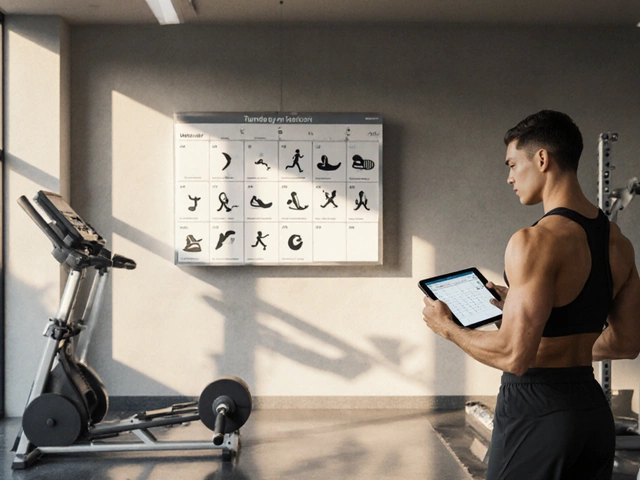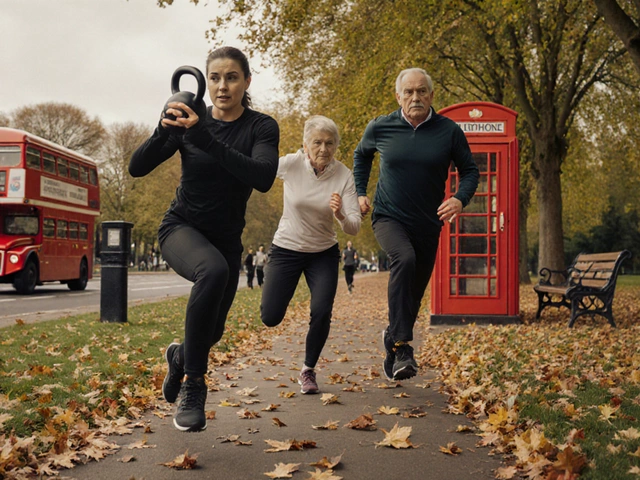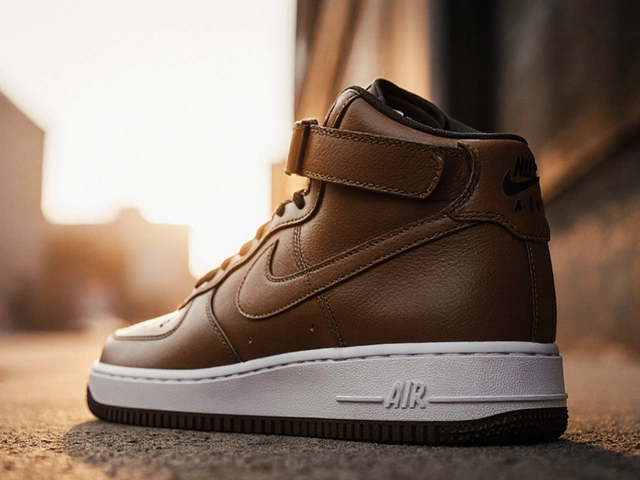Shoe Fit: How to Choose the Right Size for Sports Footwear
When talking about Shoe Fit, the match between a foot and its shoe that ensures comfort, support, and performance. Also known as proper shoe sizing, it plays a crucial role in preventing injuries and maximizing movement efficiency. Understanding Foot Anatomy, the structure of bones, arches, and soft tissue in the foot and the specifics of Running Shoes, footwear designed to cushion impact and support gait are the first steps toward a reliable Sports Footwear, any shoe used for athletic activities selection.
Why Shoe Fit Matters for Performance and Health
A shoe that fits well reduces pressure points, so you’re less likely to develop blisters or plantar fasciitis. When the heel is snug but not cramped, the foot stays stable during quick cuts, which directly improves speed and agility. Conversely, too much slack lets the foot slide, wasting energy and risking ankle twists. In short, the quality of your shoe fit influences both comfort and on‑field performance.
Foot anatomy isn’t a one‑size‑fits‑all matter. High arches need extra cushioning, while flat feet benefit from motion‑control features that prevent over‑pronation. Knowing whether you have a neutral, pronated, or supinated gait helps you pick the right midsole firmness and arch support. Most reputable running shoe brands label these categories, making it easier to match the shoe to your biomechanics.
Running shoes come in several categories: neutral, stability, and motion‑control. Neutral shoes are best for runners with a natural gait, while stability shoes add medial posts to curb mild over‑pronation. Motion‑control shoes are the most rigid, suited for severe pronation. Choosing a category that aligns with your foot type ensures that the shoe works with, not against, your foot’s natural motion.
Beyond the shoe’s design, personal factors like foot swelling during long runs or the thickness of your socks can change the effective size. Many athletes notice their feet expand by a half‑size after an hour of activity. That’s why it’s smart to try shoes on at the end of a training session or to wear the socks you’ll use in competition.
Insoles and orthotics add another layer of customization. A well‑fitted insole can fill gaps, improve arch support, and fine‑tune the heel‑to‑toe drop. If you have a specific foot condition, a custom orthotic paired with a properly fitting shoe can dramatically reduce pain and boost performance.
Brands differ in how they size their shoes. Nike, Adidas, and HOKA each have slightly different length and width standards. Checking the brand’s size chart and reading user reviews about fit quirks can save you a trip back to the store. For example, many HOKA models run narrow, so a wide‑foot runner might need to size up.
Testing the shoe is essential. The “thumb test” (you should be able to fit a thumb’s width between your longest toe and the front of the shoe) works for most runners. A heel test—making sure the heel lifts no more than a centimeter when you walk—helps confirm a secure fit without excessive pressure.
Temperature and terrain also affect shoe performance. A shoe that feels perfect on a indoor track may feel tight on a hot marathon day because your feet swell more in heat. Similarly, trail shoes often have a roomier toe box to accommodate debris and natural foot splay on uneven ground.
When you combine a proper shoe fit with regular foot-strengthening exercises, you reduce reliance on overly supportive shoes and lower the chance of chronic injuries. Simple foot‑raise and toe‑scrunch drills keep the intrinsic foot muscles active, making any shoe you wear feel more natural.
In practice, the best approach is cyclical: assess your foot’s current condition, choose a shoe that matches those needs, test it in real‑world conditions, and revisit the fit after a few weeks of wear. This loop ensures that the shoe continues to serve you as your training loads and foot health evolve.
Below you’ll find a collection of articles that dive deeper into specific shoe‑related topics—from brand ownership myths to detailed running shoe reviews and equipment fundamentals. Whether you’re a seasoned referee needing reliable footwear for quick sprints or a casual jogger looking for comfort, these guides will help you make an informed choice about your next pair of shoes.
Tight or Loose: Finding the Perfect Fit for Your Running Shoes
When choosing running shoes, the debate between preferring a tight or loose fit is common. A snug fit can provide better support and reduce blisters, while a looser fit might offer comfort and room for foot swelling during long runs. Runners should consider foot type, running style, and shoe material when deciding. Understanding the science behind a shoe's fit can significantly impact comfort and performance. This article provides insights into what to consider for the ideal running shoe fit.





